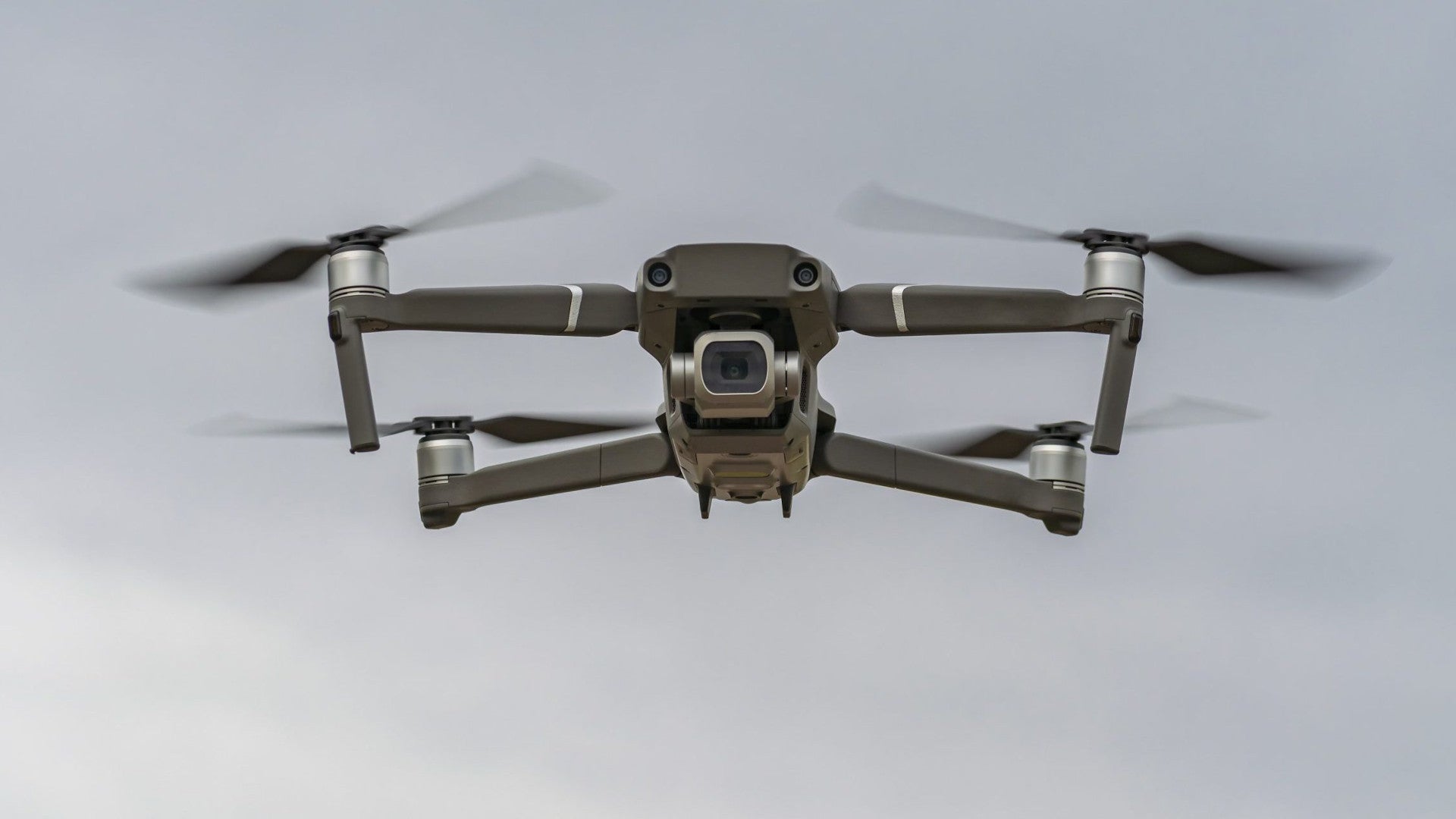Airservices Australia, an Australian government-owned organization responsible for aviation safety and services such as air traffic control (ATC) and rescue, has unveiled plans to accommodate a forecasted influx of millions of drones over the next two decades.
The organization on Monday tapped Frequentis Australasia—a regional arm of global communications provider Frequentis—to develop a digital air traffic management (ATM) system that could safely integrate millions of uncrewed aircraft systems (UAS) into the nation’s airspace.
Airservices said the system—which will allow it to incorporate drones, air taxis, and other uncrewed aircraft alongside traditional models—“will be at the core of Australia’s UAS traffic management (UTM) ecosystem.”
Airservices selected Frequentis as a partner following a comprehensive process that included several other applicants. It said the company “has proven experience in the delivery of operational UTM systems around the world.”
Backing up that assertion is the fact that Frequentis technology is used by the FAA, NASA, and the European Space Agency (ESA). The company is also a key stakeholder in the Single European Sky, a European Commission initiative aiming to reform the continent’s ATC system through better integration of European airspace.
“Frequentis is the only company worldwide to have successfully delivered UTM solutions to multiple Air Navigation Service Providers,” said Martin Rampl, managing director of Frequentis Australia. “This strategic partnership with Airservices Australia represents another important milestone in our mission to support the Australian airspace ecosystem with safe, efficient, and compliant integration of drones.”
Frequentis has been tasked with creating a Flight Information Management System (FIMS), which will be operated by Airservices and linked to the organization’s existing ATM system.
The FIMS will allow Airservices to share flight information between ATC, traditional aircraft, and uncrewed airspace users. According to the plan, drones, electric vertical takeoff and landing (eVTOL) air taxis, and other new designs could all be flown alongside traditional aircraft.
“Drones are the biggest growth area in aviation, and our partnership with Frequentis to develop a FIMS will enable us to integrate traditional and new airspace users into increasingly busy airspace,” said Jason Harfield, CEO of Airservices. “With Frequentis, we will develop a FIMS that meets the needs of Australian airspace users and ensures we can safely integrate millions of drone flights with other users.”
An Airservices analysis published last month predicted that commercial drone flights in Australia will surge from around 1.5 million in 2023 to more than 60 million by 2043, assuming battery technology and propulsion systems advance incrementally and there is a permissive regulatory environment.
That represents an average increase in drone traffic of 20 percent per year. According to Airservices, new technologies will be needed to weather the coming storm.
Per the report, drones in Australia complete about 120,000 deliveries of food and goods every year. The country is the largest market of Wing, the drone delivery arm of Google parent Alphabet, but many drones come from homegrown companies such as Swoop Aero and even the nation’s postal service. At the same time, more recreational flyers are taking to the skies as Australia develops drone regulations.
“Most companies based in Australia are looking to invest and grow their drone fleets by two to five times over the next five years alone,” the report forecast.
The exponential growth predicted by the report is expected to be driven largely by the transportation and logistics industries, which are forecast to account for 77 percent of the anticipated drone traffic increase.
The report further predicts that Australian farmers will make 500,000 drone flights annually to monitor crops, while police will complete 300,000 flights to support frontline personnel. Another 1.5 million deliveries are expected to be made to Australian households, and about 100,000 patients could be transported to hospitals using air ambulances, such as the Vertiia design from Australia’s AMSL Aero.
Electric air taxis will also be in the mix—those models are expected to make one million flights by 2043. Airservices said several providers are targeting Australian launches coinciding with the 2032 Olympic and Paralympic Games in Brisbane. Among them are AMSL and Boeing’s Wisk Aero.
The FAA has a similar plan, with launches expected to align with the 2028 Olympic Games in Los Angeles. Before then, air taxis are expected to fly this summer at the 2024 Games in Paris.
Like this story? We think you’ll also like the Future of FLYING newsletter sent every Thursday afternoon. Sign up now.
